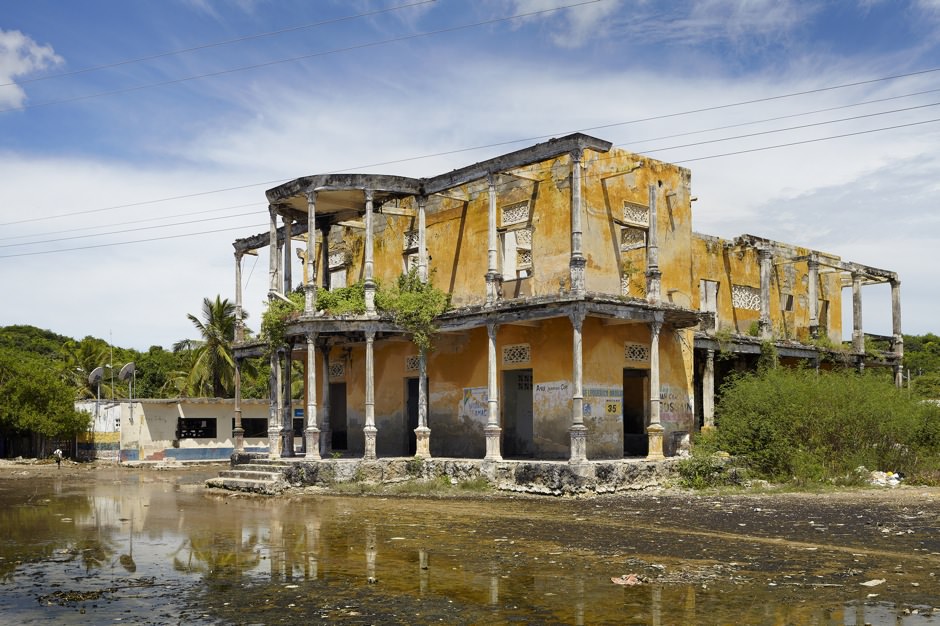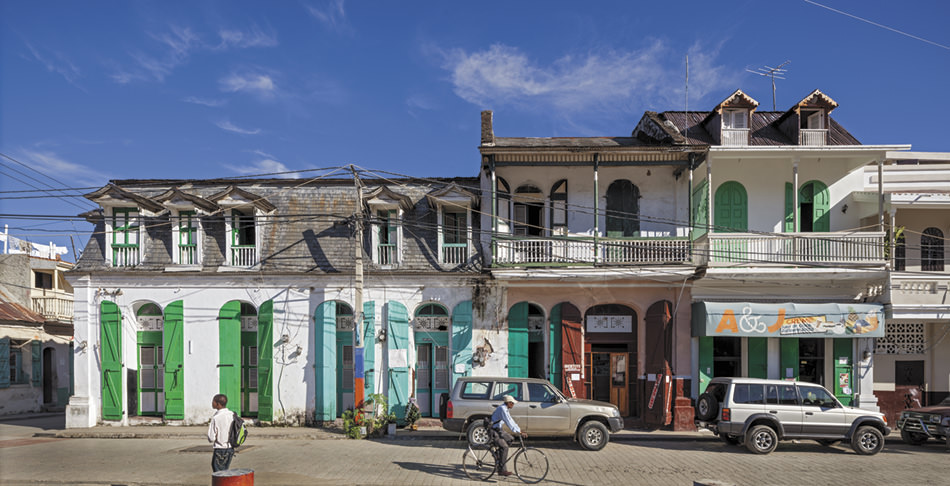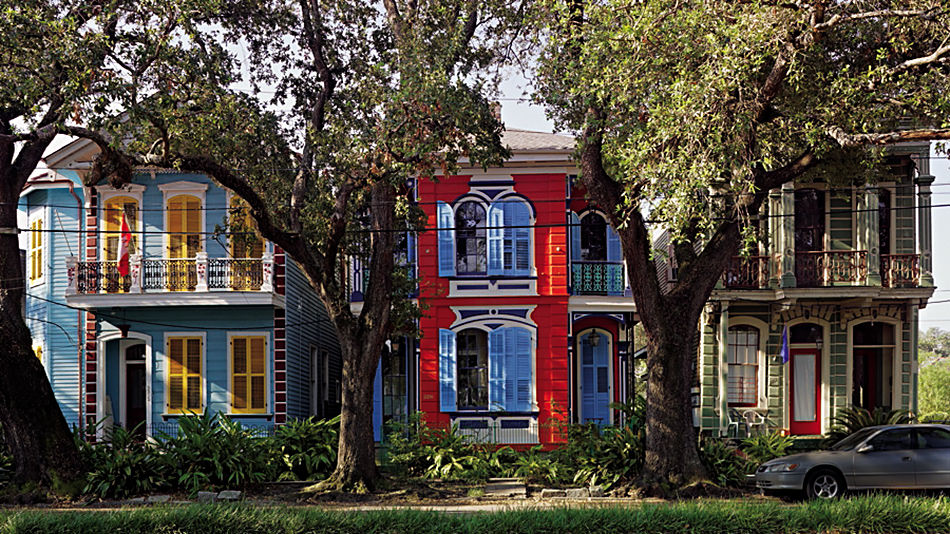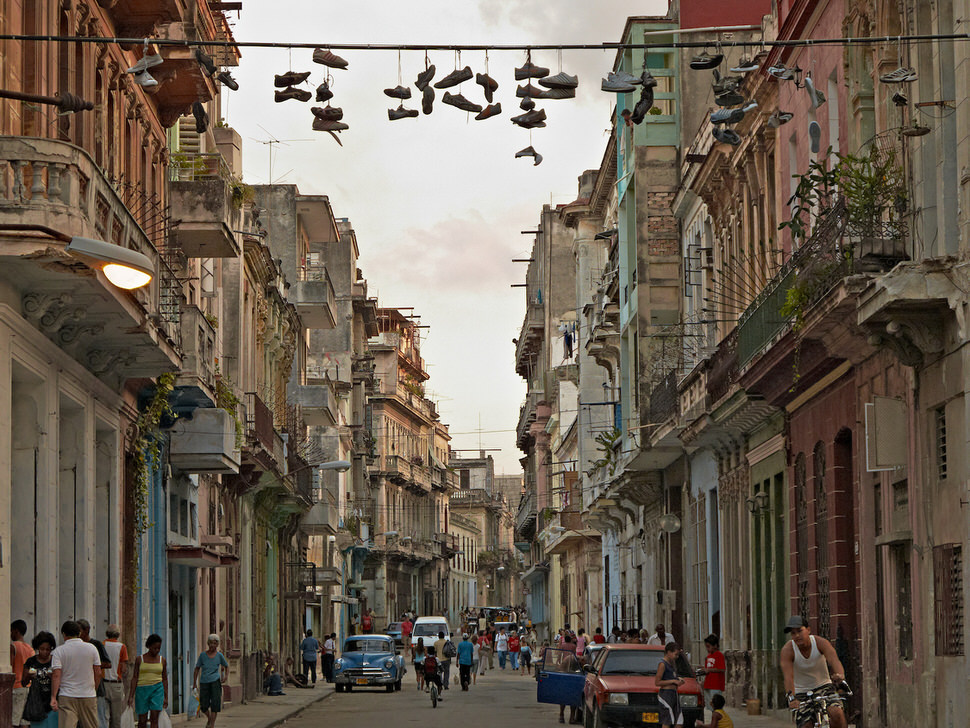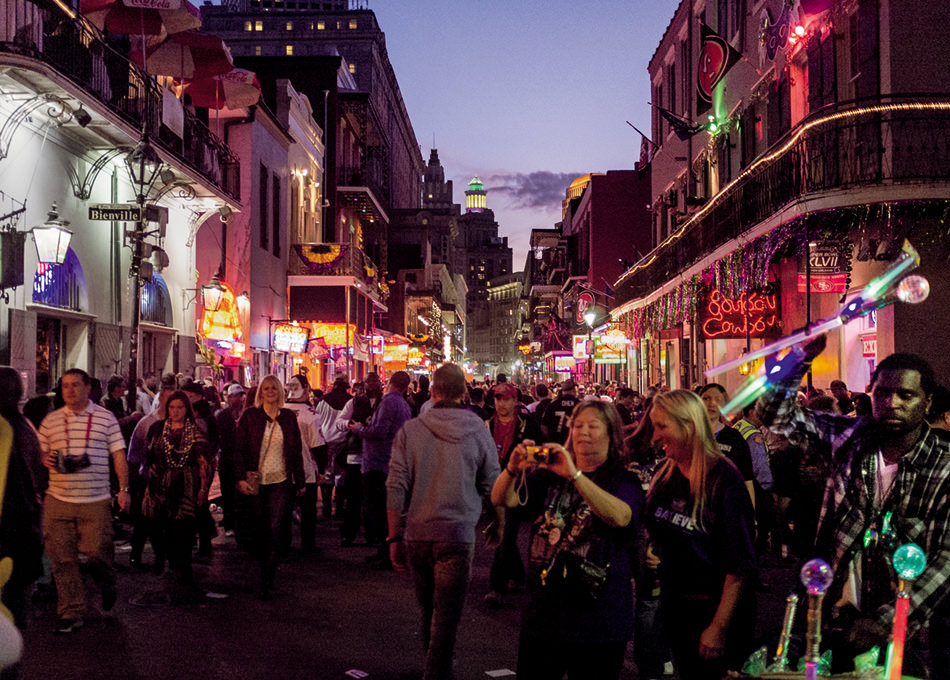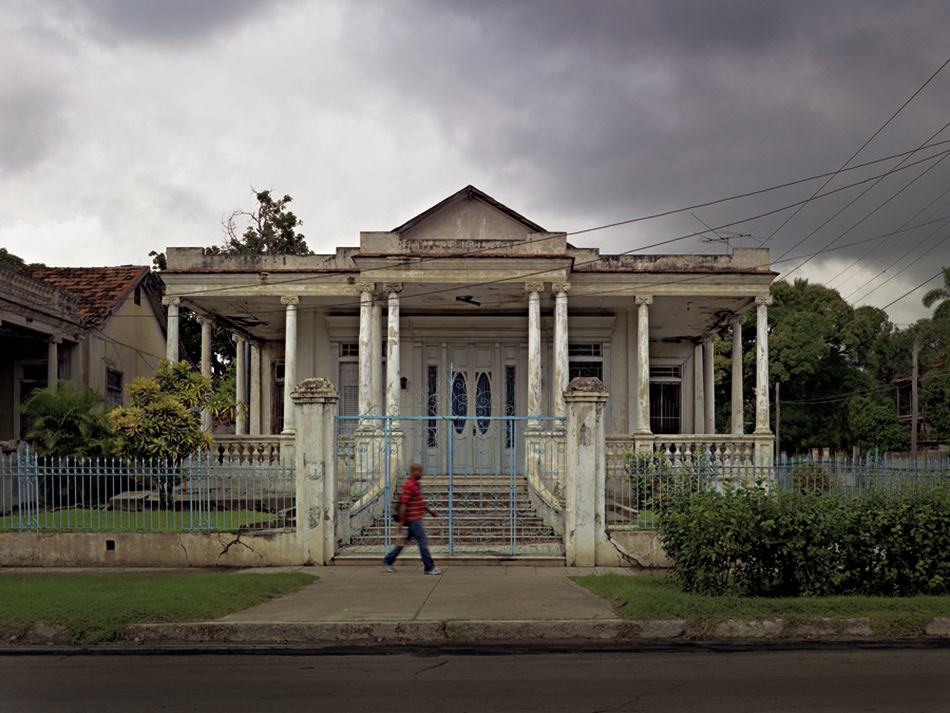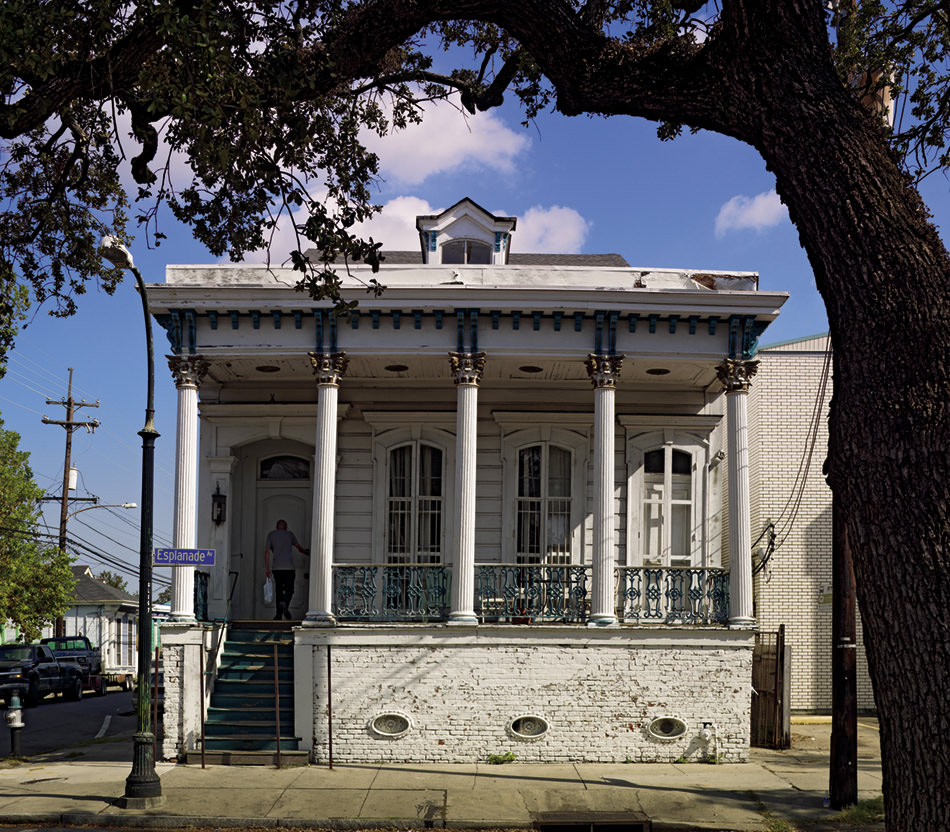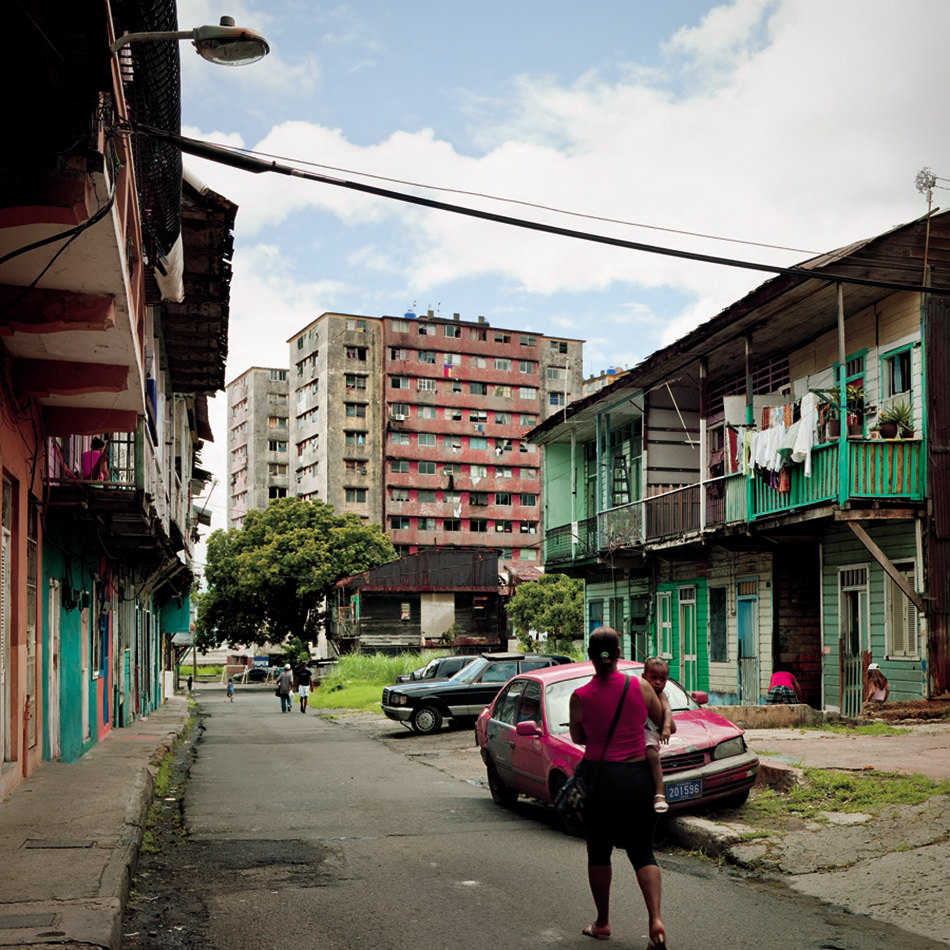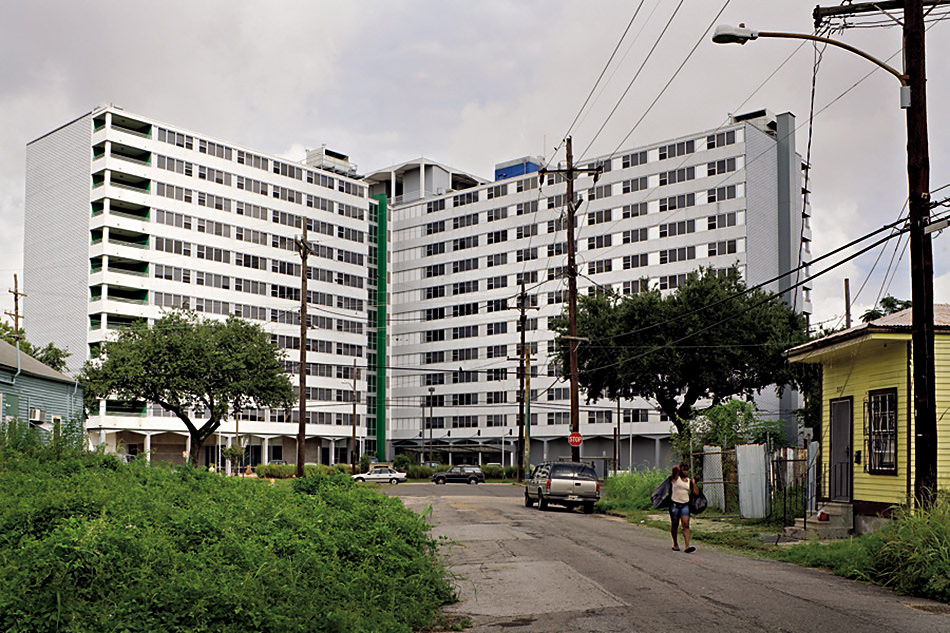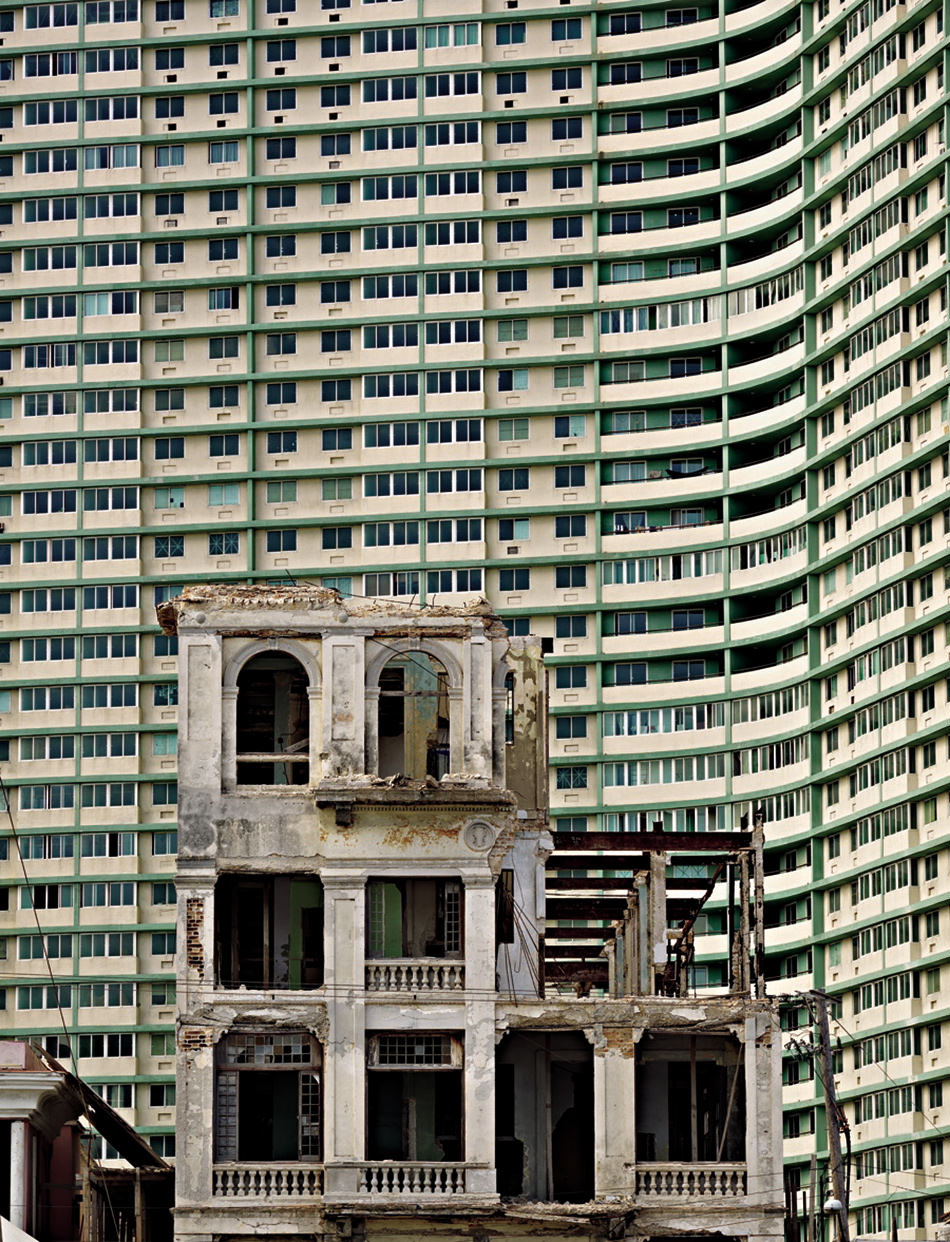“While it actually resembles no other city upon the face of the earth,” wrote Lafcadio Hearn of New Orleans, “it owns suggestions of towns in Italy, and in Spain, of cities in England and in Germany, of seaports in the Mediterranean, and of seaports in the tropics.” There’s no better illustration of this than the photographs of Richard Sexton. For four decades Sexton has been playing a transcontinental game of Concentration, pinballing between New Orleans and the cities of the Creole diaspora—Havana, Quito, Cartagena, Cap-Haïtien—documenting resonances in architecture and style. His photographs have now been collected in the gorgeous Creole World: Photographs of New Orleans and the Latin Caribbean Sphere, and are on display this fall in a free exhibition at the Historic New Orleans Collection.
It’s often impossible, at first glance, to match a photograph to its city. Are the aboveground mausoleums, the tombs set in white cubbyholes, the Cementerio San Diego in Quito, or the Saint Louis Cemetery No. 1? The ironwork, pastel colors, storm doors, and canted balconies make the Cap-Haïtien historic center indistinguishable from the denser sections of the French Quarter. The Classical Revival villa on Avenida Manduley in Santiago, Cuba could be swapped with the Italianate villa on Esplanade Street and no one in either city would be able to tell the difference.
As you spend more time with the images, other similarities begin to emerge—in the patterns of mold that blacken the white columns; the neglected ruins of grand public buildings, wrought by earthquakes and hurricanes; the flowering vines that sprout between cracks in the sidewalk, or plume from shattered windows. One striking pairing is composed of portraits of public housing projects, one in the El Chorillo neighborhood of Panama City, the other in New Orleans’s Central City. In both images an industrial apartment complex takes up most of the frame, but in the foreground there stands a lone Creole cottage—a lingering remnant of a historic neighborhood undone by poverty, misrule, and neglect. Sexton’s photographs show that New Orleans is indistinguishable, in many aspects, from the capitals and port cities of Latin America, but the similarities are not always flattering.
“Creole World: Photographs of New Orleans and the Latin Caribbean Sphere” is on view at the Historic New Orleans Collection through December 7.


